Jump to:
Who would have thought that a whole garden made of moss could be appealing to the eye? But growing your own comes with heaps of other amazing benefits!
A garden covered with richly textured blankets of moss can give off a ‘secret garden’ look. This concept looks extra beautiful and magical when combined with outdoor pieces.
No wonder why mosses have become very popular for landscapers and in gardens, in general.
In certain climates, moss pops up its own. You’ll often see it on trees, pavers, and in you’ll even see spots of moss in lawns.
So if you love the look of moss but your garden landscape lacks it, we have some good news for you! You can actually grow moss in your garden as a bed, edging, or even on rock walls.
Read ahead our five easy steps to get started! Or check out own video below for How To Grow Your Own Moss Garden:
Key takeaways:
- When used in lawns and gardens, moss types can make any garden setting very appealing to the eye. This is especially true if mosses are grown properly.
- When thinking about moss growth, people used to associate it with the word ‘swampy’. But now, this fuzzy green plant is a favourite as cushion moss provides a fairytale-esque vibe outdoors.
- Moss gardens aren’t only used for landscaping and topiary. They’re also used as a weed control ground cover.
- Growing moss in your garden is wholly possible, particularly if you know how to do it! A guide like this is a great start.


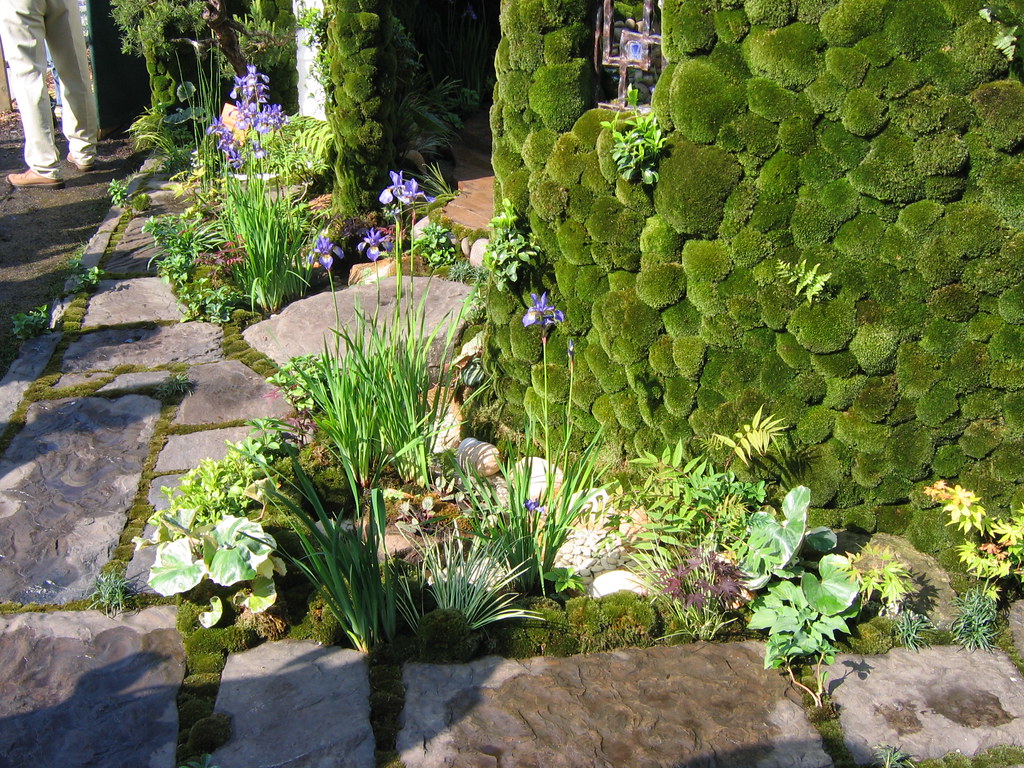
What Is a Moss?
Before you grow moss in your garden, you should have a little background about the plant you’re about to cultivate. Let’s begin with the question: what is moss?
Mosses are small, non-flowering plants. They belong to a diverse group of organisms called Bryophytes.
The word bryophyte comes from the Greek words:
- byron, which means “tree-moss”
- python, which means “plant”
They may be small, but mosses are one of the largest groups of land plants. They can be found throughout the world in diverse habitats.
Trivia: mosses are among the earliest plants to adapt to dry land, having evolved from algae. Nowadays, they make the perfect garden addition.
Moreover, moss is a naturally occurring plant. It sprouts independently on pavements with low foot traffic and you’ll even get moss on lawns.
This type of plant also grows in temperate zones throughout the world. Plus, they prefer deep shade, moisture, and acidic soil. Mosses come in green shades and often look and feel soft and bouncy.
This information is something you need to keep in mind when growing moss in your garden from scratch.



Where can mosses be found?
Mosses are everywhere, mainly in wet environments such as rain forests, wetlands, and alpine ecosystems. They’ve also become common in rural areas with moist climates.
With this, mosses are often established on driveways, sidewalks, brick walls, and more. As they grow in wet conditions, they require water to reproduce.


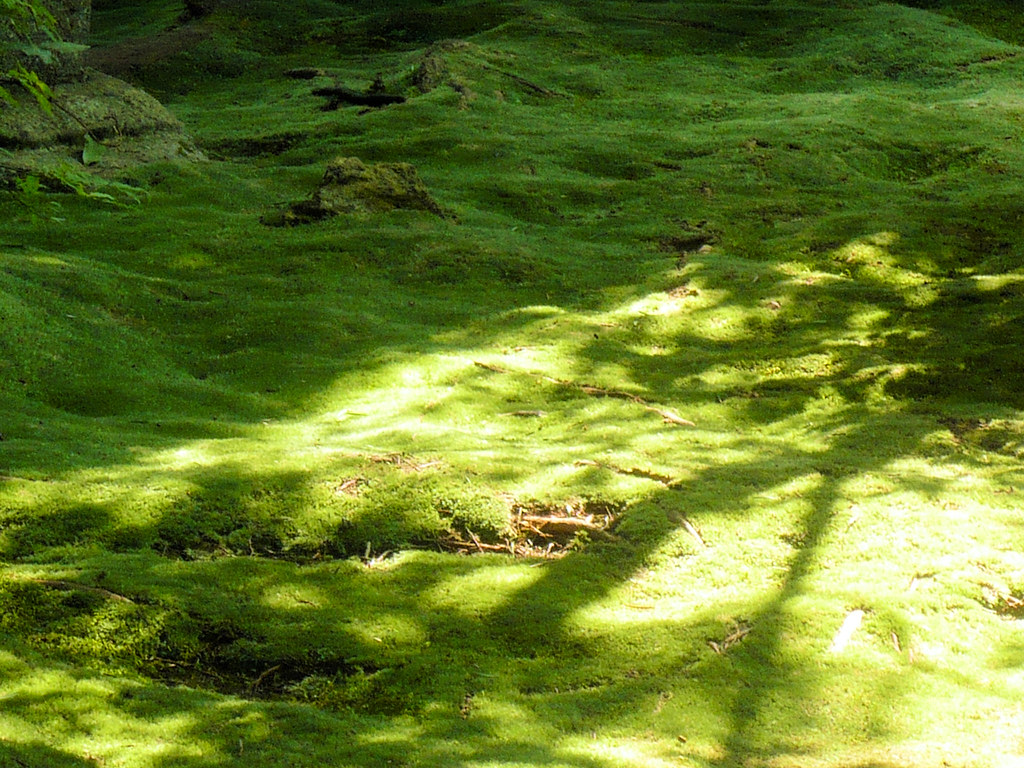
Two main types of moss
Now that you know what moss is, your next step is to know what type of moss you think will suit your garden setting. Naturally, moss grows in two main ways:
- Upright or Acrocarpous Mosses
- Prostrate or Pleurocarpous Mosses
Pterocarpus moss grows flat on many grounds, and it grows faster. It also does a perfect job at erosion control. Plus, its moss structure means its easy to walk on without harming the plant.
The upright version, in contrast, is a drier type of moss. This means it can be easily damaged if disturbed or walked upon. So keep scrolling to see how to grow your marvellous moss garden.



Benefits of Moss Growth: Moss Gardens
Besides creating a fairy-like ambience in forests and gardens, moss growth can also benefit your garden in so many ways! For one, maintaining moss is inexpensive.
Yes, mosses need water but not that much. Growing moss beds on your own is straightforward, and doesn’t require a lot of maintenance.
To explain further, moss holds moisture and is considered a drought-tolerant plant. Meaning it requires less water to survive, creating a sort of moss mat wherever it’s found.
Mosses are rich in nutrients, too. They provide organic material to your garden, making them an excellent replacement for mulch in a range of soil types.
You’d be happy with the reduced work you have when it comes to maintenance!
Worried about if the plant ends up drying? Fret not; it’ll usually grow back on its own if that’s the case.
You don’t have to buy moss plants, either. The growth of moss will keep thriving in your lawn even in cases of water shortage.
Moss gardens also host beneficial insects such as spiders, ants and worms. These insects provide a valuable food resource for other animals, such as:
- birds
- amphibians
- reptiles
When to grow moss?
When it comes to transplanting or propagating moss, it’s best to do it in the early spring. Growing them on ground conditions that are still wet from the winter snow or rain can:
- help the moss bed to settle before the summertime,
- and before other challenging growing conditions set in.
Note: Ensure there are no signs of any threat, such as frost, before you select a spot for your moss.
Transplanting your moss
To transplant moss, lay a patch of moss in your chosen location in the garden. If you own a large area, you can use a similar plug method like you’d do with a grass lawn for a faster establishment.
Then place small pieces of sheet moss at regular intervals over the area. Your garden moss will grow together over time.
Once your moss is planted, make sure to water it thoroughly. Also, keep the area damp with regular watering to help the moss establish well.
Don’t let your moss beds dry out; otherwise, they may die. Note: Transplanted moss should only need extra water in times of drought.
Equipment and Materials You’ll Need to Grow Moss
In terms of tools, you’ll be needing the following:
- Gardening gloves
- Hose and sprinkler
- Paintbrush or spatula
- Garden fork/Pitchfork
- Rake
- Spray bottle
As for the materials, prepare the following:
- Landscaping pins
- Moss transplant
- Soil pH strips
This method (courtesy of The Spruce) works best for growing moss directly in the soil. Or when covering up some bare patches where your lawn won’t propagate.
Ready to grow moss beds in your garden? Let’s get started!
5 Easy Steps on How to Grow Your Own Marvelous Moss Garden
If you’ve ever thought about creating a moss garden, you don’t have to wait for the moss to grow itself. Truth be told, propagating it is easy!
The basics
Growing moss gardens is a matter of knowing what causes moss to grow. To do the process right, keep these things that moss need to grow in mind:
- Moisture. Moss requires a damp location to grow. Find a moist area in your garden, but make sure it’s not too swampy. We’re trying to achieve a secret garden look here, remember?
- Shade. Garden moss likes to grow in the shade (e.g. in moderate shade or deep shade).
- Acidic soil. Moses also likes soil with higher acidity. For instance, a soil with a 5.5 pH level.
- Compacted soil. Moss can grow in a range of soil type, but most mosses prefer compacted soil, especially compacted clay soil.
Step 1: Recover and weed the area
Using a pitchfork, upturn and weed the spot you want to grow your moss. Then rake the surface of the soil so that the filaments can make good contact with the ground.
Step 2: Acidic soil conditions test with the use of soil pH strips
Soils normally become acidic when elements are replaced by hydrogen ions. This includes calcium, magnesium, sodium and potassium.
Most lawns require a 6.5 to 7 soil level, which is neutral and considered alkaline. But for moss, it should be below 6.
To test your soil, use your pH strips. If the result is higher than 5.5, make sure to add compost, manure and other soil amendments.
Step 3: Wet the planting area with a hose or sprinkler
After moistening the ground with a hose or sprinkle, allow the water to soak in for about 15 minutes to half an hour. Otherwise, you’ll be planting in dirty water, or worse, mud.
Step 4: Place the moss on top of the soil
When laying your moss, press it down firmly, then pin it in place using landscaping pins. Placing some light rocks on top as an anchor is also ideal.
Step 5: Keep it moist
While it’s true that they can survive dry conditions, mosses still require dampness for them to survive.
Make sure to keep your moss damp for the first three weeks after planting it. You can use a misting garden hose and mist it at least once a day during dry weather conditions.
Roundup
Here’s a quick recap on how you can grow garden moss on your own:
- Pick which type of moss will suit your garden. Is it upright but drier moss? Or could it be flat-growing moss that propagates faster?
- Prepare all the necessary tools and equipment you need for the job! Feel free to go through our curated list above for references.
- Know the essential “nutrients” that mosses need to thrive. These are moisture, shade, acidic soil, and compacted soil.
- Lastly, follow our five easy steps!
Now that you know how to grow your own moss garden, you can finally have a serene and magical place to rest and spend your time outdoors. So why not have somewhere to sit and relax while enjoying it?
Shop Rattan Garden FurnitureFAQs
Growth of moss: is moss hard to grow?
Growing moss isn't hard at all. In fact, it's pretty easy!
But when it comes to doing it 'successfully,' having a bit of knowledge about what a moss plant is is a big plus. This includes what causes moss to grow.
And guess what? That's what this guide is all about! Feel free to reread it so you'd remember what moss is and how to have your own Japanese moss gardens-inspired space.
What causes moss to grow?
Moss forms from spores that are carried by wind currents and moving water. In most cases, moss spores can't form in areas with primitive plants.
How many species of moss are there?
As per Basic Biology, there are approximately 14,500 species of moss in the world. 75% are Bryophyte species.
Why are mosses important?
Mosses are important for many reasons. Apart from making your garden look fairy-like, moss can also provide a habitat and food sources for insects.
Mosses also help ecosystems perform effectively. A great example of this is by filtering and retaining water.




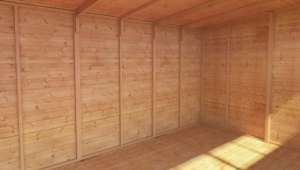



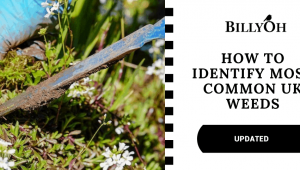
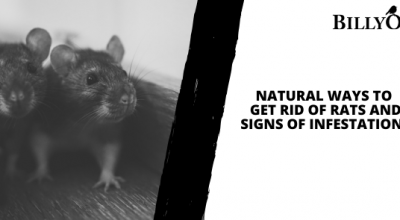
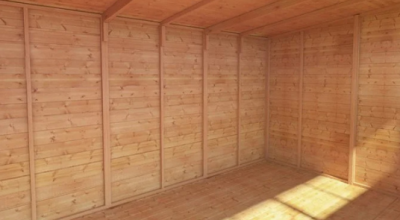
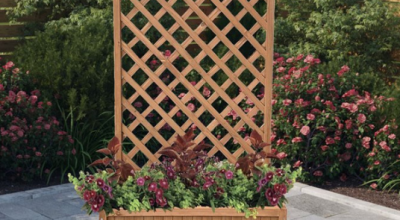

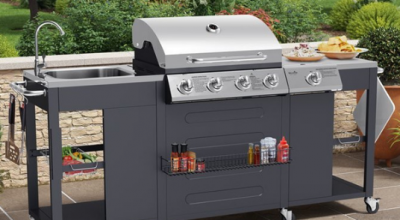
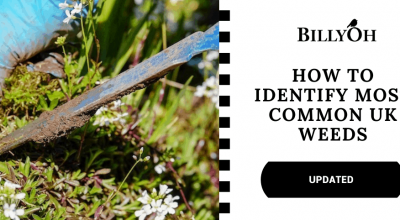
What do you think ?